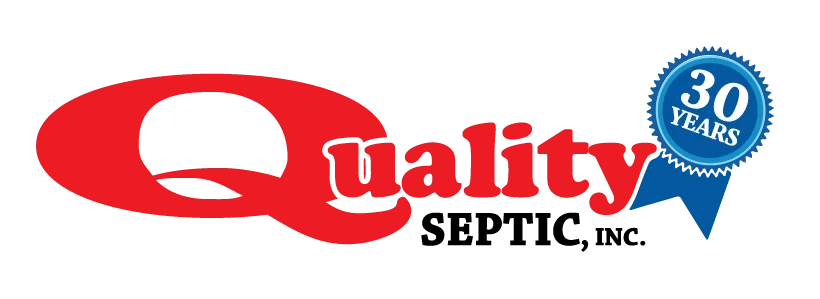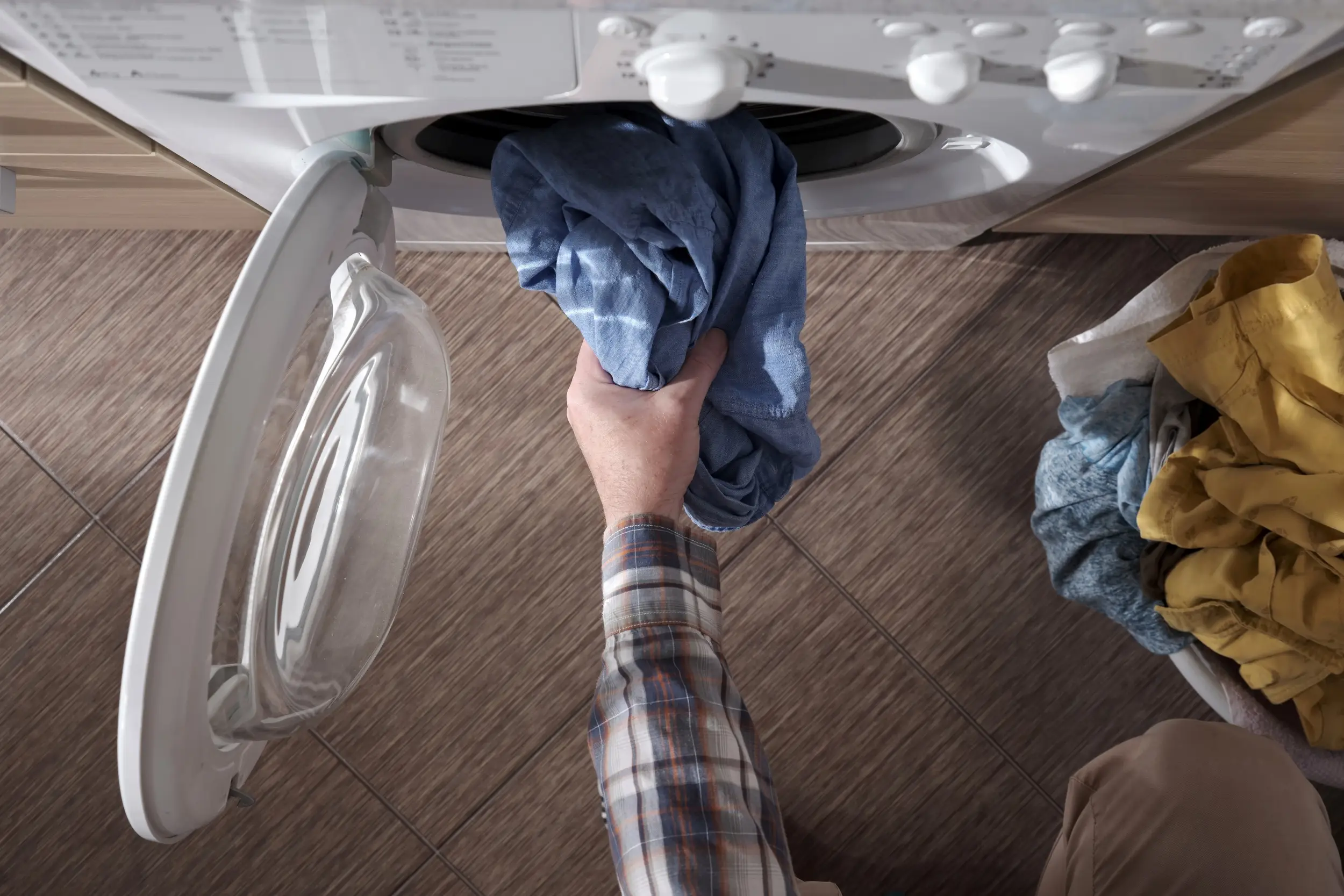If you are anything like most Florida homeowners, you do a lot of laundry, and it never seems quite done. If you own a home with a septic tank, all that laundry could be putting a strain on your septic system – that is if you aren’t paying mind to a few important things. Your septic system is designed to treat wastewater, which includes that of laundry, however, it’s the detergents and other chemical additives that really do a number on the system’s functionality. In order to preserve the life of your septic system while managing your laundry, you’ll need to keep a few things in mind. The experts at Quality Septic Inc. have put together a list of the best laundry practices for your septic system. Keep reading to learn more.
Common Denominators for Septic Overload: Laundry Edition
- Doing a lot of laundry, all at once. We get it, you’re busy and don’t have a lot of free time. So, you spend a day getting caught up on all of your laundry. The problem here, especially if you have a septic system, is too much water gets dumped into the septic tank at an unnatural pace. This causes issues with the functioning of your system over time and can disrupt the natural flow of waste. Over time, you could end up with a blockage, backup, or sewage overflow into your yard. To combat this problem, we suggest you spread your laundry out evenly throughout the week.
- Doing loads of heavily soiled laundry. If your clothes have mud, dirt, or a lot of debris on them and you send them through the washing machine without shaking them out first, you put your septic system at risk for clogs. Over time, the dirt and debris can actually build up in the septic tank and move into the drain field, where they clog the soil and pipes that are supposed to let water slowly soak into the ground. To help protect your septic tank and drain field, it’s important to shake off heavy dirt before washing clothes.
- Using too much detergent. Using a lot of detergent can create thick soap scum and extra suds that disrupt the natural bacteria in your septic tank. Without your bacteria working properly, solids build up faster and can overflow into the drain field, leading to clogs and damage. Some detergents also contain chemicals or fillers that don’t break down well and can add to the sludge and block pipes. To keep your system healthy, use only septic-safe detergent and stick to the recommended amount (less is usually more!).
- Using fabric softener. Similar to the above, many fabric softeners contain chemicals that can also disrupt the natural bacteria in your septic tank. Fabric softeners also tend to leave behind a residue that can lead to clogs. It is recommended to avoid fabric softener altogether and try adding a septic-safe alternative like a half cup of white vinegar, or ½ cup of baking soda to help naturally soften clothes and neutralize odors.
If any of the above are causing you issues, your septic system may experience one or more of the following:
- Your sinks and showers are draining slower than usual
- You notice a strong sewage smell inside or outside your home
- There’s standing water or soggy spots in your yard
- Your toilets or drains make gurgling or bubbling noises
If you notice any of these issues, call a septic professional right away.
Making changes in your laundry habits can help your septic system from breaking down and costing you significant repairs. Take it from the experts at Quality Septic Inc. and take preventative measures when it comes to your laundry routine. If your septic system needs attention, call Quality Septic Inc. As your septic provider, we’re always more than happy to hear from you and to help you with your septic needs. Give us a call today to find out more about our services, commitment to customer service, or qualifications. We look forward to hearing from you and to meeting your septic needs now and in the future.

